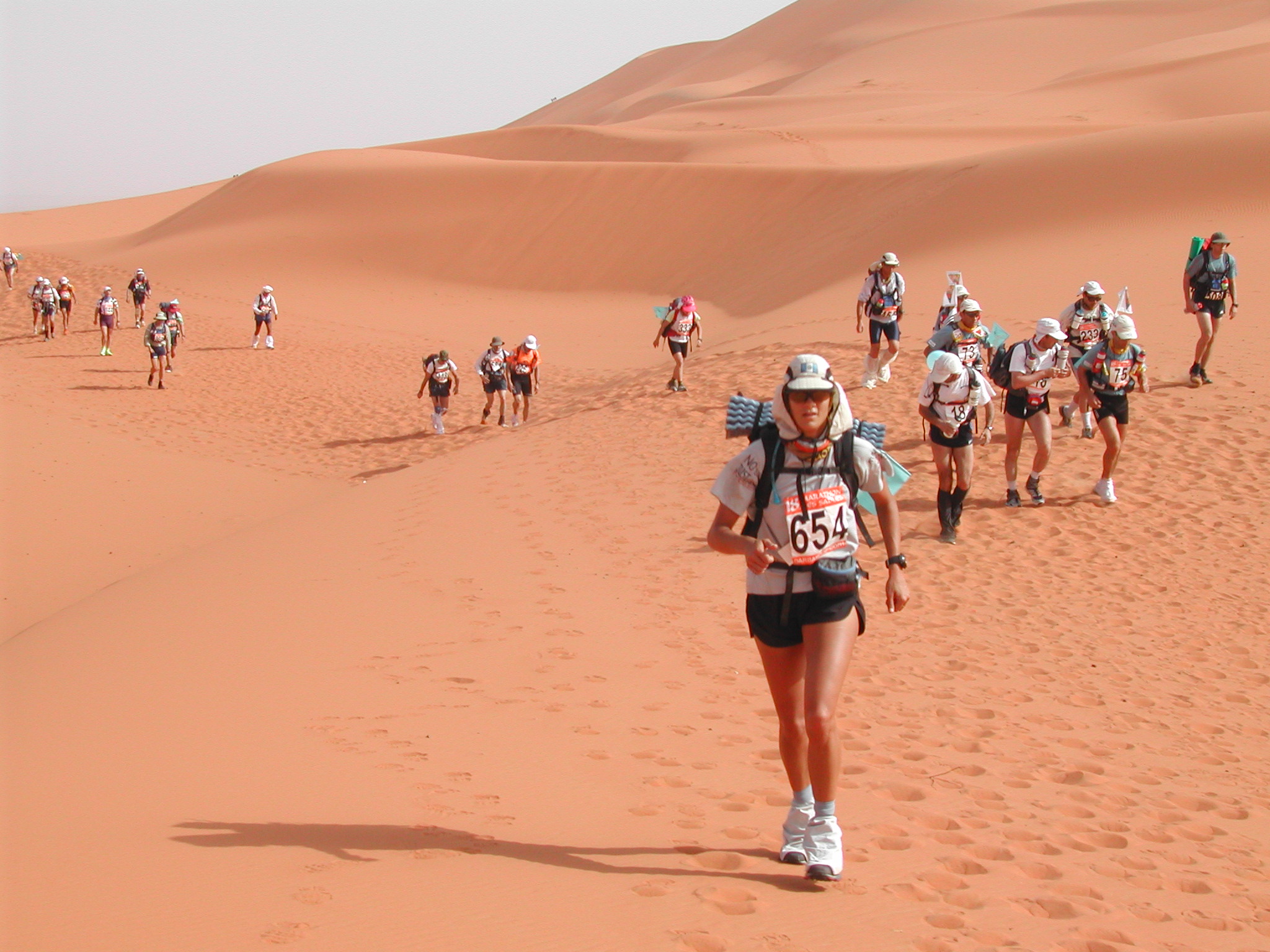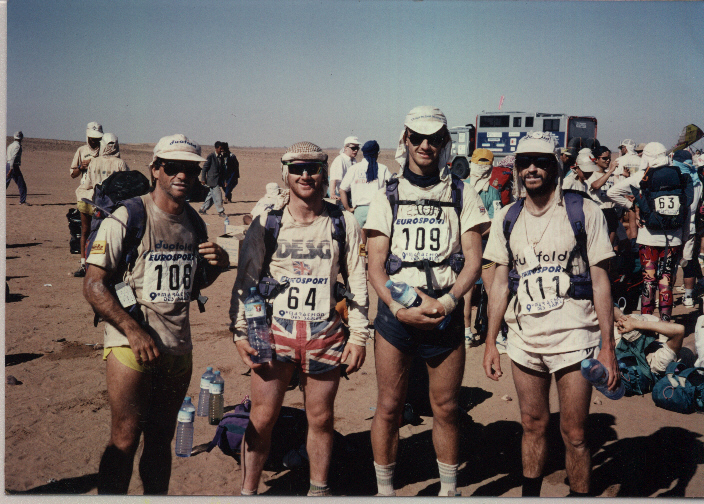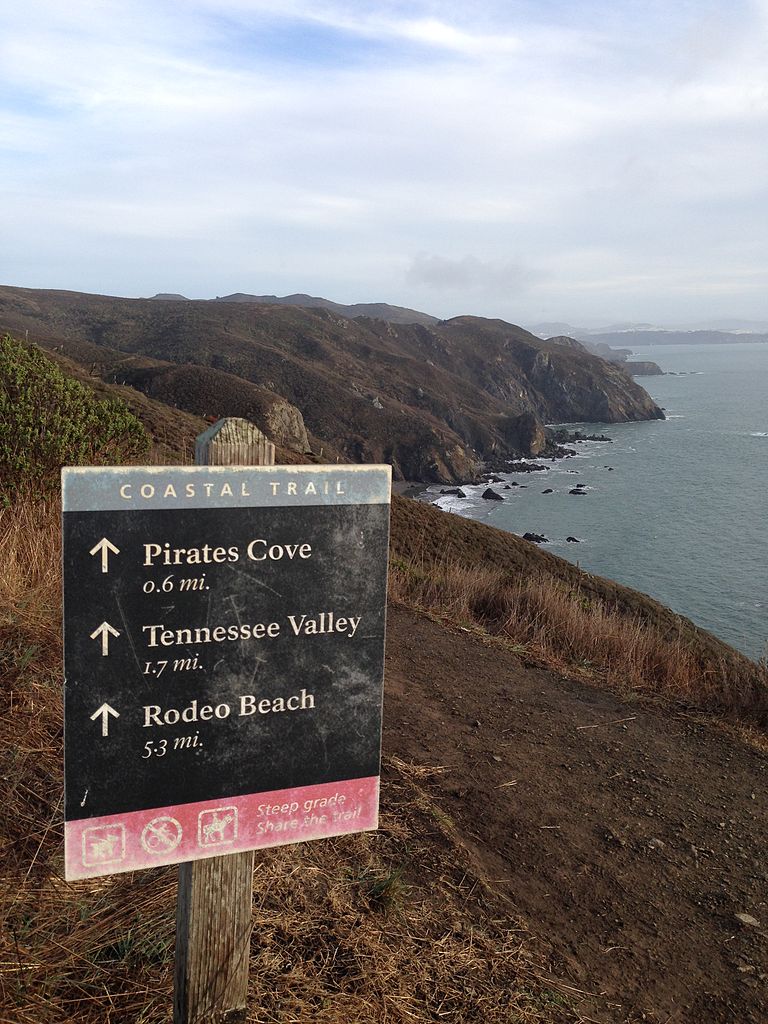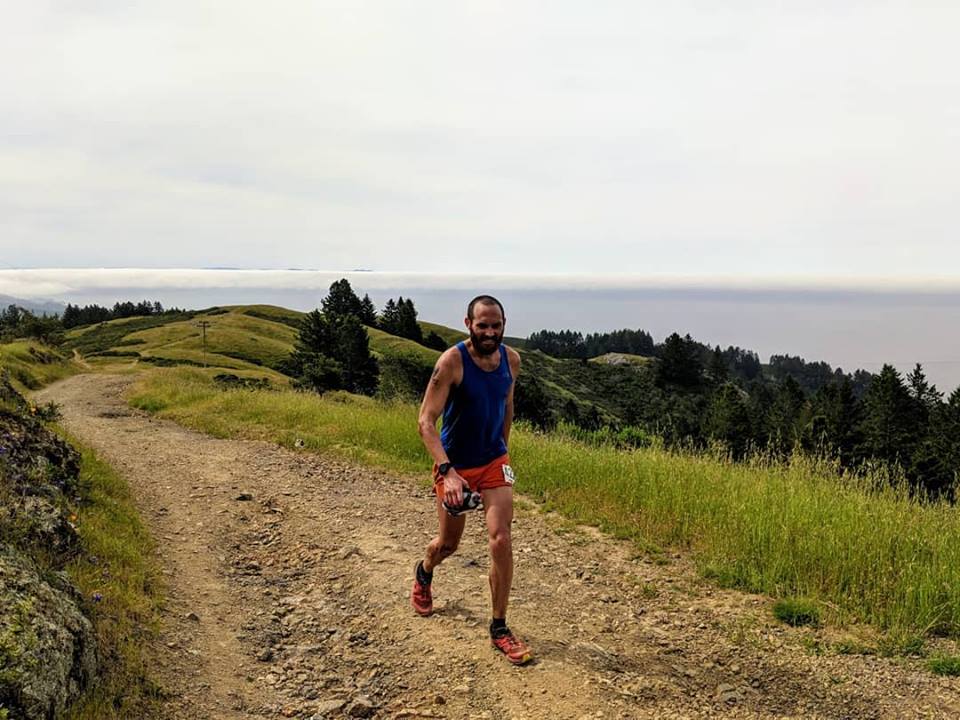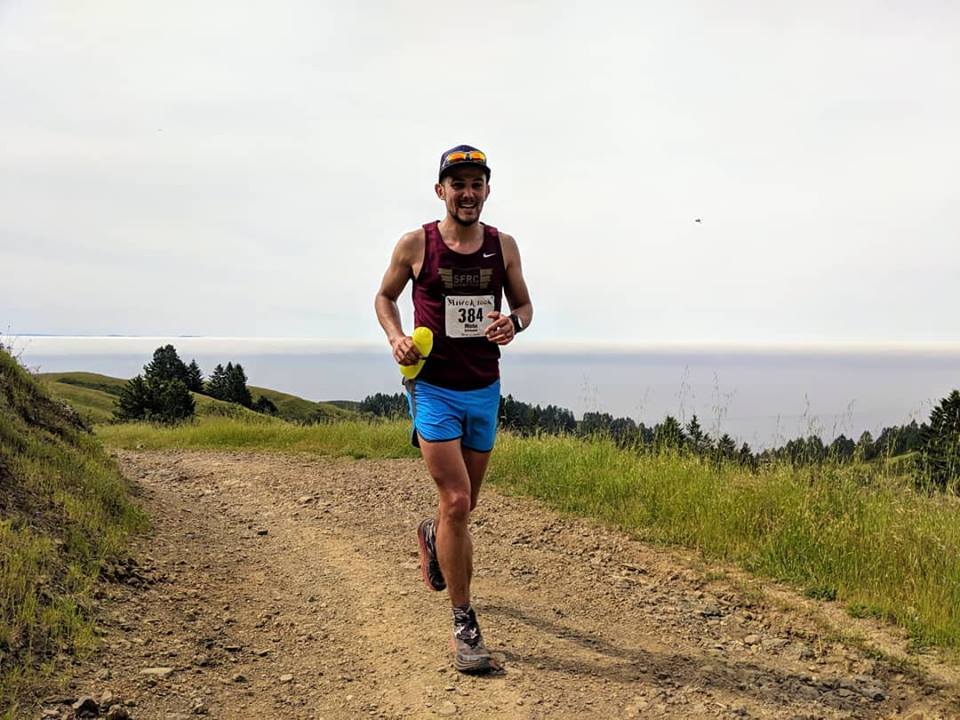If you are reading this it is likely that you have noticed that running in the heat can drastically affect your performance (aka sucks.) The ideal running temperature is estimated at approximately 7.2 Celsius (45 Fahrenheit,) a temperature, that if we were not running, most would find a bit chilly. As the temperature gets warmer performance will begin to suffer. By the time temperatures reach 27 Celsius (80 Fahrenheit) athletes can expect around a 20% decrease in performance with the same effort.
There are good reasons why you may want to train in the heat, but there are also times when training in the heat may not be what you want. Typically, if you want your best performance, cooler temperatures will serve you better, on the other hand, if you are planning to race in the heat, or otherwise do much of your training in the heat, the best plan may be to suffer in the heat for a few days to allow your body to acclimate.
Maybe You Should Be Training in the Heat
If your goal race is expected to be held in scorching temperatures it is a good idea to acclimate yourself to running at those temperatures. This can usually be done with running in conditions similar to race conditions for approximately 2-weeks prior to your race. Acclimating yourself to running in high temperatures will improve your ability to perform in high temperatures on race day.
Most races are planned to take place in cooler temperatures, but some races such as Badwater 135, and Marathon De Sables, even at Western States Endurance Run the heat is one of the defining characteristics, and going in unprepared for the heat is a recipe for a DNF.
The general advise I offer to athletes is the closer you are to your event the more event specific training should become. If your event is going to be at altitude, it is best to train at altitude. If your event is going to be at night, it is best to train at night. If your event is in the cold, train in the cold, and if your event is in the heat, train in the heat.
Maybe You Should Not be Training in the Heat
Heat will decrease your performance. There is certainly a roll for training in the heat, but if your priority for a particular workout is top performance use some of the tips below to make heat less of a defining factor.
Pick the Best Time to Run
The hottest part of the day is usually around 2 pm. Try to plan your runs while the weather is more temperate. Early morning is my favorite, but evening or even nighttime will both work great.
Pick the Right Place to Run
By preplanning your route you can limit your time in the hottest places and maximize your time running in cooler places. If possible avoid long stretches that are exposed to the sun, especially asphalt. Because asphalt is black it absorbs heat from the sun often causing it to be much hotter than pretty much any other running surface. Instead, look for wooded areas or other areas that are mostly shaded.
Stay on Top of Your Hydration
Sweating is one of the bodies built in mechanisms to keep us cool. The hotter it is, the more we sweat. As we sweat our bodies are losing water. This water must be replaced or the body will quickly become dehydrated. There are many reasons to avoid becoming dehydrated, but amongst them is that you will lose the ability to sweat to cool yourself down.
Carry an appropriate amount of water with you for the run you have planned, and know where your water refill spots will be.
Yes, you should drink water while exercising in the heat, but don't overdo it. Drinking to much water can lead to hyponatremia which can be a very serious problem. So how much should you drink? Unfortunately, there is no single answer to this question. Every runner requires different amounts of water to stay hydrated at different temperatures and effort levels, so drink to your thirst, but don't overdo it.
Wear the Right Clothes
When we can cool our bodies most efficiently we are kept cool so make sure your outfit is one that helps your body to cool. Select fabrics that are lightweight, breathable, and preferably synthetic material. Also, keep in mind that darker colors absorb heat which will make keeping cool much more difficult. Choose white is the best color option to keep you cool. If white is too boring make sure to stick with light colors and stay away from black and other dark colored clothes.
Protect Your Skin
Sunburns suck. Really bad sunburns suck more. Skin cancer sucks even more. If running in the sun for extended periods of time always wear sunblock. You don't even have to take my word for it. Feel free to consult your physician. If you will be running in the sun for more than a few hours consider long sleeves and a hat that will shade your face and possibly also your neck.
1994 First British Team to complete Marathon de Sables
Do you have any tips or tricks for running in the heat. Please share them with other readers in the comments.
